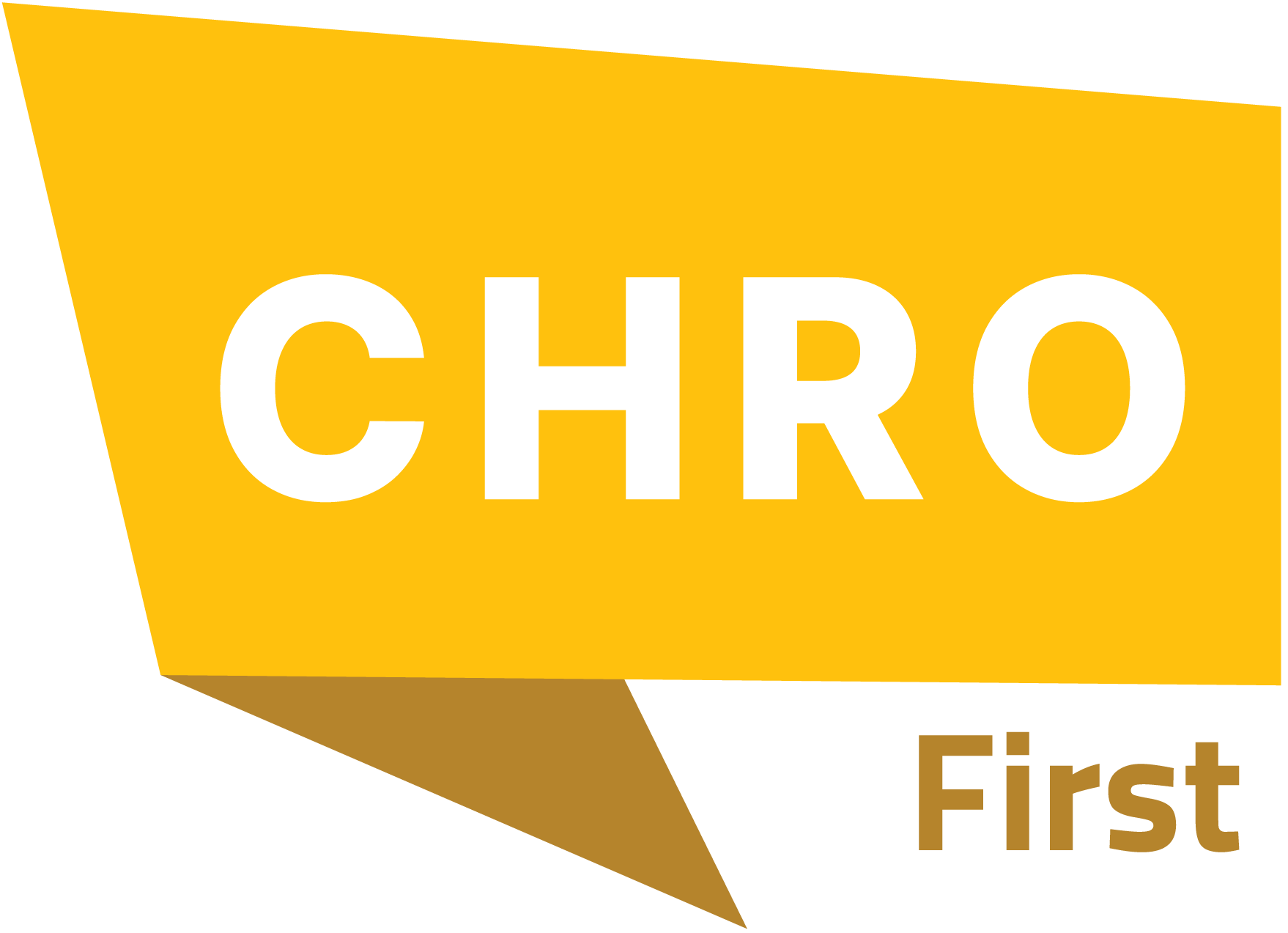Companies seeking sustained growth and innovation are increasingly recognizing workplace culture as a key performance driver. High performance cultures are not the result of isolated HR programs; they emerge from deliberate strategies that align leadership vision, employee engagement and operational discipline.
Global leaders in technology, finance and manufacturing invest in building cultures where accountability, collaboration and continuous improvement are embedded in daily operations. Their success proves culture is not a ‘soft’ business element but a measurable competitive advantage that directly impacts productivity, retention and profitability.
Why Culture Beats Strategy
While strategy sets direction, culture determines execution quality. Companies can have great strategies on paper but without a performance culture, execution fails.
The U.S. Government Accountability Office (GAO) reports that organizations adopting telework or hybrid models have seen up to 12% higher performance in roles with clear productivity metrics, primarily due to fewer interruptions and better focus.
A Bureau of Labor Statistics (BLS) analysis shows that during the pandemic, a rise in remote work was linked to increased total factor productivity (TFP). Specifically, every 1 percentage-point increase in remote work correlated with a 0.05 percentage-point rise in TFP, contributing to an approximate 1.2 percentage-point boost in overall productivity.
Lessons from Top Companies
Embedding Values into Daily Operations
Industry leaders translate abstract values into practical behaviors. For example, technology companies known for innovation ensure ‘risk taking’ is supported by funding pilot projects and rewarding experimentation.
Leadership Consistency
High performance cultures demand leaders who model the behaviors. Transparent communication, accountability in decision making and active involvement in employee development shows performance expectations apply to everyone.
Data Driven Talent Management

Top companies use data to monitor performance trends, identify high potential employees and forecast skill gaps. This allows HR to proactively align talent pipelines to business objectives.
For instance, in August 2025, OpenAI led a US$ 14 Mn round for Endex, a startup building an AI agent for Microsoft Excel. This is how top companies use AI to process data and make decisions to meet their goals.
Strategic Benefits for Businesses
Talent Retention and Attraction
High performance cultures reduce voluntary turnover by giving purpose and recognition. They also enhance employer brand, attracting candidates who fit the company values.
Productivity
When expectations are clear and resources are aligned employees can focus on value adding activities without unnecessary process delays.
Innovation
Cultures that support calculated risk taking and cross functional collaboration are more likely to produce breakthrough innovations that create market differentiation.
Core Components of the High Performance Culture Framework
Alignment of Purpose and Goals
Purposeful organizations connect individual roles to business results. This way, employees see how their work matters.
Continuous Feedback Mechanisms
Top companies have regular performance check-ins not annual reviews. This allows for rapid course correction and sustained engagement.
Scalable Learning Platforms
High-performance cultures build scalable learning systems. These systems meet changing skill needs, from leadership training to technical upskilling.
Industry Adoption Trends
Technology Sector
Fast growing software companies embed cultural reinforcement into onboarding so performance expectations are clear from day one.
Financial Services
Banks and investment firms put high performance metrics into incentive structures so individual achievement aligns with long term organizational goals.
Manufacturing
Global manufacturers use team based performance metrics to encourage collaboration across production, logistics and quality assurance functions.
The Role of HR in Sustaining Culture
HR functions are the operational architects of high performance cultures. HR design performance frameworks manage training programs and ensure reward systems reinforce desired behaviors. But sustainability depends on leadership alignment and active engagement at every level of the organization.
Implementation Roadmap for Building a High Performance Culture
Step 1:
Culture Check
Start by assessing the current state of your workplace culture. Employee surveys, focus groups and performance analytics to identify strengths, gaps and areas for change.
Step 2:
Define and Communicate Core Values
Core values must be clearly written and embedded into policies, performance reviews and internal communications. Leaders must live these values through words and actions.
Step 3:
Align Performance Management Systems
Get performance expectations into recruitment, onboarding and career development processes. So individual objectives align with overall business goals.
Step 4:
Invest in Capability Development
Structured training programs to address technical competencies, leadership skills and collaboration capabilities. Digital learning platforms to scale training across global operations.
Step 5:
Recognize and Reward
Recognition programs to celebrate high performance and behaviors that align to cultural values. Rewards can be financial incentives, career advancement opportunities and public recognition.
Measurement Techniques for Cultural Performance
Key Performance Indicators (KPIs)
Companies can track employee engagement scores, turnover rates, productivity metrics, and innovation output. This helps them measure how effective their culture is.
Pulse Surveys and Feedback Loops
Short surveys let organizations track changes in sentiment. They also help spot cultural issues early, before they affect performance.
Performance Calibration Sessions
Regular cross functional reviews ensure performance assessments are consistent, fair and aligned to the cultural vision.
Challenges in Building and Sustaining High Performance Cultures
Resistance to Change
Employees used to existing ways of working may resist new expectations. Overcoming this requires transparent communication, leadership modelling and incremental change.
Leadership Misalignment
If leaders don’t model the values, they promote cultural initiatives lose credibility. Leadership development programs should address this alignment risk.
Maintaining Consistency in Global Operations
Multinational organizations face challenges in keeping cultural consistency. This is tough when regions have different labor laws and workplace norms. Standardized frameworks must be adaptable to local context without diluting core values.
Future of High Performance Culture

AI-Driven Performance Insights:
Predictive models will spot at-risk employees, skill gaps and high performers earlier.
Personalized Employee Experience Platforms:
Technology will enable individualized development paths and performance feedback systems.
Wellness Integrated Culture:
High performance models will integrate physical, mental and financial wellness programs to sustain long term productivity.
Remote Culture Reinforcement:
Distributed workforces will need digital first cultural engagement strategies that replicate in person collaboration benefits.
Strategic Recommendations for Businesses
Get Executive Buy in:
Ensure leadership commitment to cultural transformation initiatives.
Integrate Culture into Business:
Treat culture as a strategic asset not an HR project.
Use Data to Guide:
Leverage analytics to track progress, identify bottlenecks and refine strategies.
Recognize Culture Champions:
Reward employees who contribute to the desired workplace environment.
Be Adaptable:
Continuously evolve cultural practices to match market, workforce, and technology changes.
Culture as a Strategic Multiplier
High-performance cultures do more than keep employees happy. They grow the business, drive innovation and compete in the market. Top companies teach us that culture needs design, management and reinforcement to stick.
When businesses align their purpose, performance goals and employee growth they create an environment where excellence is the norm. They do better than others at keeping employees, innovating and making money. And their culture sets them apart in the long term.
As market conditions change and workforce expectations shift, organizations need to adapt their cultural practices. They need to do this while keeping their core values intact. This will be the next generation of high performing companies. Getting this balance right gives you operational agility and a lasting edge over the competition.

